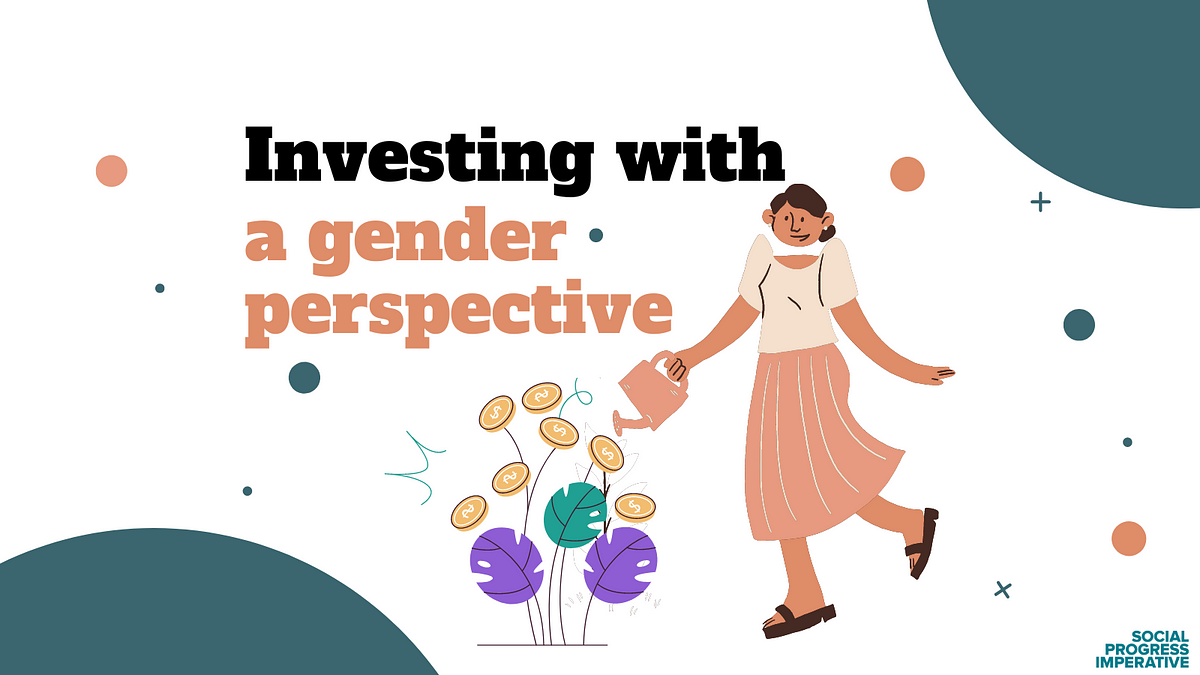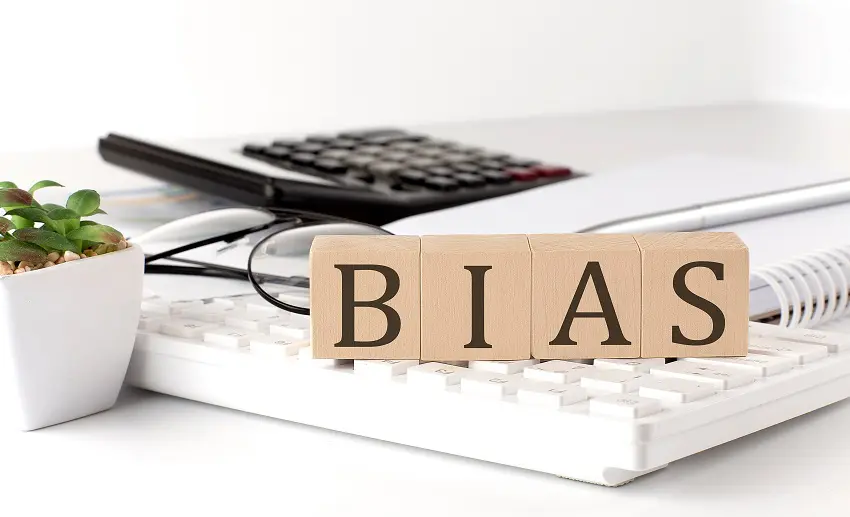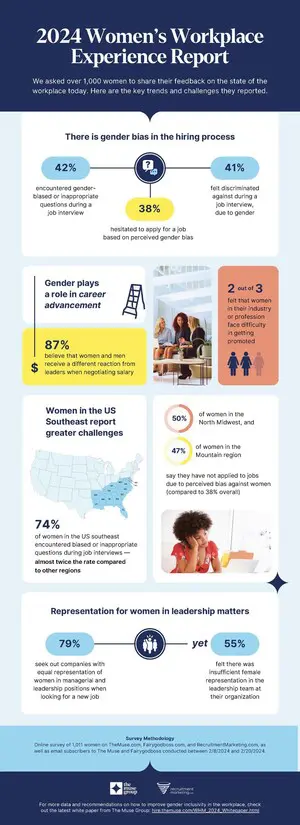The conversation surrounding the impact of gender on interview source perspectives remains complex and multifaceted. A significant body of research illustrates the persistent gender imbalance within media sources, reflecting broader societal dynamics. Despite the advancements in promoting gender equality in the workplace, the representation of women in expert roles remains starkly inadequate. Studies indicate that only 25-30% of sources in news stories are women, with even lower rates among expert sources. This consistent pattern raises critical questions about the underlying reasons for such disparities and the implications for journalism.
Exploring the gender dynamics in interviews reveals not only the structural impediments but also the subjective experiences of individuals involved. The reluctance of women to engage as interview sources can often be traced back to fears of negative experiences, concerns about gender bias in recruitment, and the prevalence of sexism in media interactions. Research suggests that while both men and women report positive experiences in interviews, women are statistically more likely to experience barriers that deter them from participation. This highlights a significant area where diversity in hiring and inclusivity urgently need improvement.
This article aims to dissect the various factors influencing interview source perspectives related to gender, providing insights into how attitudes toward gender and media representation can be transformed. By delving into recent studies and expert opinions, the analysis highlights not only existing challenges but also potential pathways toward achieving greater gender equality within the media landscape.
Current State of Gender Representation in Media
The media landscape is often portrayed as a reflection of societal values and biases. Recent studies have consistently highlighted a significant gender gap in the representation of experts in news articles. Research conducted over this decade shows that across diverse media outlets, approximately 70-75% of sources cited in news stories are male. This imbalance affects not just the visibility of women’s voices but also perpetuates certain narratives while marginalizing others. The attitude towards gender within newsrooms contributes to this disparity, where the tendency to rely on familiar male sources continues to dominate reporting.

The Roots of Gender Imbalance in Expert Sources
Investigating the reasons behind the scarcity of female sources in journalism uncovers several systemic issues. Journalists often gravitate towards sources they are familiar with, and this habitual reliance heavily skews towards men. This traditional pattern suggests that reporters are unintentionally reinforcing a cycle of exclusion. Despite attempts to actively include women, the prevailing professional networks and lingering institutional biases make it difficult for reporters to break free from established norms.
Moreover, the pressure to meet tight deadlines can lead journalists to fall back on previously established contacts, many of whom are male. This phenomenon highlights a need for greater awareness and intentional effort in diversifying the pool of interview sources. Reflections from various journalists reveal that recognizing the diversity of potential sources not only enriches reporting but also reflects a deep commitment to achieving meaningful representations of women in media.
The Impact of Gender Bias on Women as Sources
Examining women’s experiences in media interactions provides insight into the broader implications of gender dynamics. Research illustrates that many women perceive an uneven playing field, with common barriers including fears of harassment, concerns over appearances in the media, and a general distrust of the media’s portrayal of their viewpoints. Consequently, this trepidation affects their willingness to serve as sources, ultimately contributing to the underrepresentation of female voices in published narratives.
Additionally, women frequently cite increased sensitivity to misquotation and the potential impact of media portrayals on their professional reputation as obstacles to participating in interviews. Gender bias manifests in the very informalities of these discussions, which may reinforce a culture of hesitance among women while men typically report feeling less apprehensive about the consequences of engaging with the media.
Progress and Challenges in Fostering Gender Equality
Despite the myriad challenges facing women within media spaces, there are glimmers of hope. A growing emphasis on diversity initiatives within news organizations demonstrates a commitment to enhancing gender representation. Newsrooms increasingly recognize the value of employing women in leadership roles and tapping into diverse sources, effectively challenging the narratives that have historically skewed towards male perspectives.

Women in Leadership and Their Impact
Integrating women into leadership positions not only serves to improve representation but also significantly shifts organizational culture. Female leaders bring distinct perspectives and experiences to decision-making processes, which can reshape the newsroom environment to be more inclusive. Their presence helps create a more sustained commitment to equity, shaping policies, and practices that facilitate diverse hiring and thoughtful approaches to sourcing.
Incorporating training initiatives focused on creating awareness around gender dynamics has also proven effective. By providing workshops that delve into the challenges faced by women, organizations can foster an understanding that transcends mere statistics, encouraging empathy and engagement. Such efforts reflect a broader culture of accountability, inviting all members of the team to play a role in dismantling systemic bias.
Innovative Solutions and Future Directions
While the current landscape presents challenges, the future of gender representation in journalism holds potential for substantial growth. Collaborations between organizations and grassroots movements can enhance visibility for women and promote unique platforms that elevate female voices. Initiatives that prioritize mentorship and advocacy are crucial in equipping women with the confidence and resources to pursue interview opportunities actively.
Additionally, establishing clear guidelines that promote fairness in sourcing and transparency around the use of AI-generated content can serve to rebuild audience trust. This dual approach covering both ethical sourcing and technological integration can create a supportive foundation for women featured in media narratives, leading to better public engagement and appreciation for diverse perspectives.
The Role of Audience Perception in Gendered Interviews
Understanding audience perception of gendered interviews opens a dialogue about the collective responsibilities within media consumption. A growing body of research indicates that while many audiences express a desire for transparency regarding the involvement of AI in content production, there remains skepticism about the reliability of AI-generated narratives. Promoting a culture where transparency is prioritized will likely shift the paradigm, allowing for better acceptance of diverse reporting methodologies.

Developing Inclusive News Literacy
Encouraging media literacy that focuses on gender dynamics within content is crucial for fostering a more informed audience. Education campaigns that highlight the importance of diverse representation will empower consumers to advocate for equitable practices within journalism. By valuing inclusive storytelling, audiences can hold media organizations accountable for fostering a diverse array of voices.
Furthermore, integrating gender conversations into journalism curricula and workshops emphasizes the significance of representation from the earliest stages of media training. By instilling these values in future journalists, the hope is to transform the media landscape into a space where diversity thrives and inequities are systematically addressed.
Confronting Resistance and Cultivating Change
Addressing the resistance to shifts in traditional gender norms poses its own set of challenges. Certain factions within the industry may resist embracing initiatives that promote inclusivity due to entrenched ideologies that favor the status quo. Dismantling these barriers requires sustained effort and a commitment to showcasing the benefits of an inclusive workforce.
Moreover, creating opportunities for open dialogue within newsrooms fosters shared understanding and awareness, helping to bridge divides and pave the way for future collaborations aimed at achieving gender balance. The ongoing penetration of media into every facet of society underscores the need for concerted action to ensure that gender in interviews reflects the rich tapestry of human experience.
| Challenges Faced by Women in Media Interviews | Common Barriers | Proposed Solutions |
|---|---|---|
| Gender Bias | Unequal representation and reliance on male sources. | Enhancing diversity in hiring and promoting qualified women. |
| Fear of Harassment | Concerns about media portrayal and negative backlash. | Support networks and mentorship programs. |
| Professional Isolation | Limited access to networking opportunities. | Creating inclusive platforms for engagement. |
Source: www.niemanlab.org
Hi there! I’m Jade, a 38-year-old gossip journalist with a passion for uncovering the juiciest stories in the world of celebrity news. With years of experience in the industry, I love sharing the latest trends and insider scoops.


